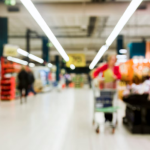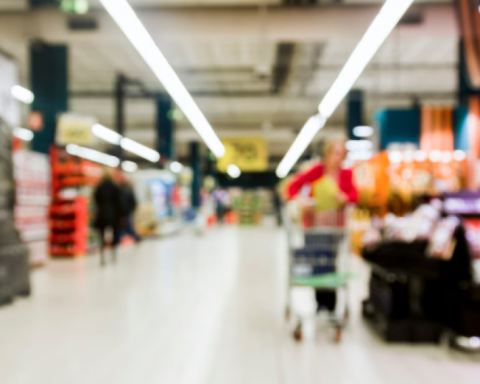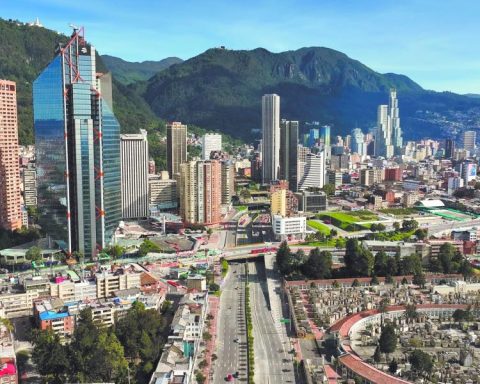The consumer price index showed an increase of 5.3% in June, which accumulated a rise of 36.2% in the first half of the year, reported the National Institute of Statistics and Censuses (Indec).
Thus, in the last twelve months the index marked an advance of 64%specified the agency.
With the 5.3% rise in June, the Government was unable to consolidate the downward trend registered in May, when the CPI had an increase of 5.1%, after 6% in April and 6.7% in March past, when inflation peaked so far this year.
The item that registered the greatest increase was Health, with a rise of 7.4%, which was influenced by the increase in the share of prepaid medicine and drug prices.
Housing, water, electricity and other fuels followed.with 6.8%, due to the incidence of the increase in electricity and gas rates, and the parity of building managers in housing expenses-, and Alcoholic beverages and tobacco, with 6.7%.
Meanwhile, the category Food and non-alcoholic beverages showed an increase of 4.6% and was once again the category with the greatest incidence in all regions in the evolution of the consumer price index.
Within this last item, the increase in Vegetables, tubers and legumes, as well as Meat and derivatives, stood out.
In June, the two items with the smallest increase for the month were Communication, with 0.4%, and Education, with an advance of 2%.
By categories, Seasonal products and services -among which are fruits, vegetables, clothing, transport for tourism and accommodation and excursions-
led the rise, with an average increase of 6.6% in June, essentially explained by the increase in the prices of Vegetables, tubers and legumes.
The Regulated -category that includes fuels for housing, electricity, water and sanitation, health systems and auxiliary services, public passenger transport, operation and maintenance of vehicles, mail, telephone, formal education and cigarettes and accessories- had a average increase of 5.3%, in this case due to increases in prepaid medicine, electricity and gas rates, and cigarettes.
Lastly, the Core IPC -made up of the rest of the IPC groups- registered an increase of 5.1% in June.

By region, the Metropolitan Area of Buenos Aires (CABA and Greater Buenos Aires) was above the average of 5.3%, with an inflation rate of 5.5%.
Along with the general average was the Cuyo region, with a rise of 5.3%; while the Pampean area and the Northwest provinces were placed below, both with 5.2%; Patagonia, 5.1%, and the districts of the Northeast of the country, with 4.9%.
So far this year, and with an accumulated increase of 36.2% in prices in general, the Food and Beverages category rose 39.9%, Clothing and footwear, 44.2%; Restaurants and Hotels, 40%; Education, 39.7%; and Health 37.5%.
Below the average increase were the items Recreation and Culture, with 27.2%; Communication, 21%; and Housing, water, electricity and gas, 30.3%, among others.
Thus, with an average inflation rate of 36.2% for the first semester, seasonal products increased 45.8%; regulated prices 32.8% and “core” inflation was 35.4% between January and June last.
With regard to the last twelve months, in which the General CPI marked an advance of 64%, the divisions that increased the most in the same period were Food and non-alcoholic beverages (66.4%); Clothing and footwear (83.6%); Health (67.2%); and Restaurants and Hotels (81.9%).
Below the average were Alcoholic beverages and tobacco (56.2%); Housing, water, electricity and gas (47.8%); Transportation (59%) and Communications (28.9%).
Finally, in food and beverages, the products that increased the most in June were lettuce (37%), potatoes (21%), round tomatoes (20.4%), frozen hamburgers (16.1%), noodles (12.9 %) and sunflower oil (12.9%).
Meanwhile, on the downside, oranges (-9.6%), lemons (-7.7%) and bananas (-2.3%) stood out, all products of the fruit subcategory, with a seasonal component. .


















